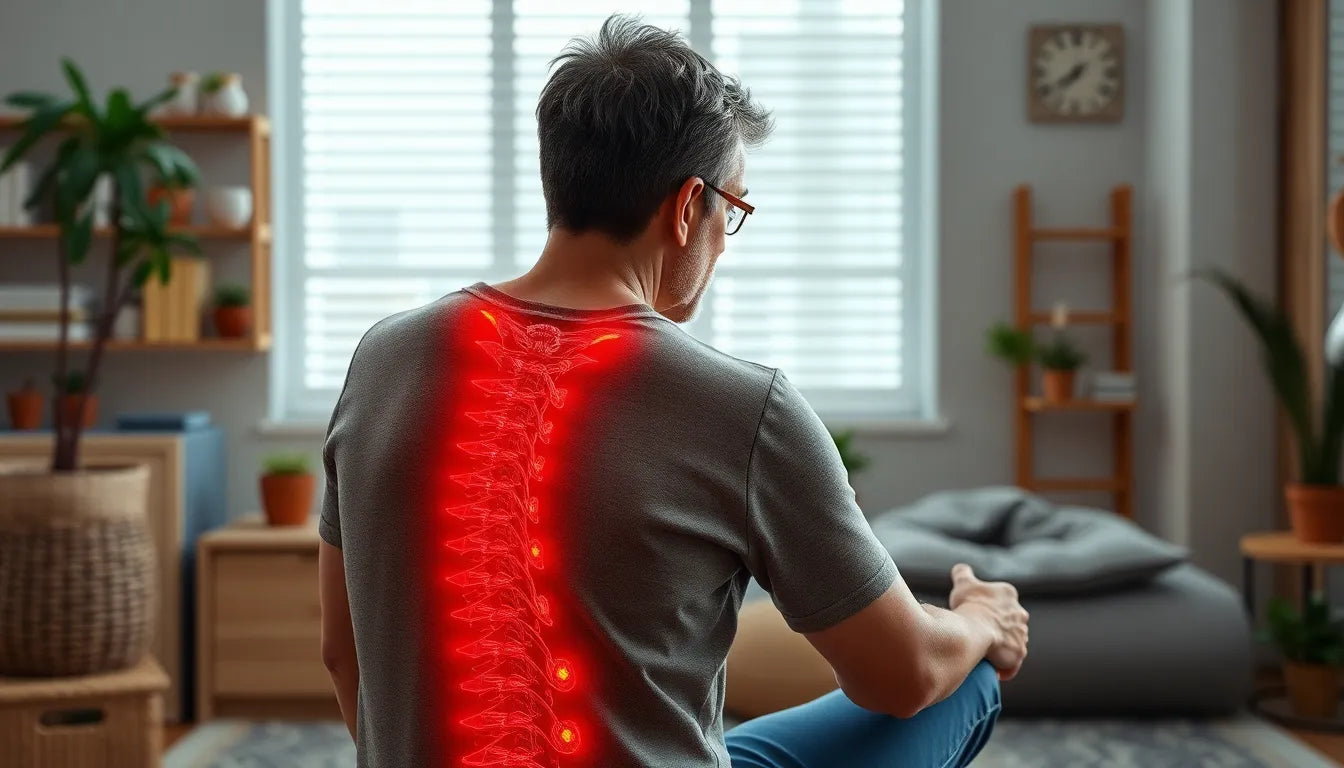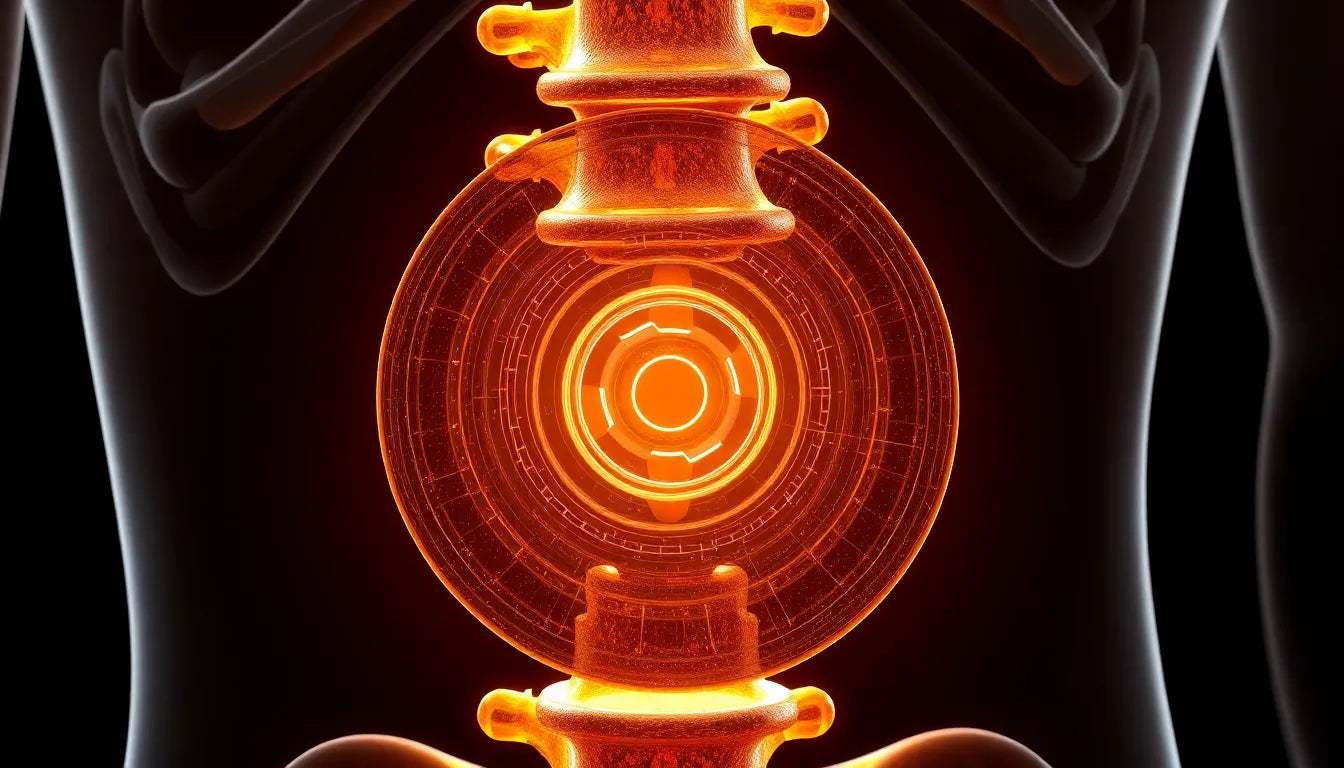Sciatica pain is a common affliction that affects millions of people worldwide, often causing significant discomfort and disruption to daily life. This condition arises when the sciatic nerve, which runs from the lower back down to the legs, becomes irritated or compressed. The resulting pain can be debilitating, radiating along the nerve's path and making even simple movements challenging. For many, finding effective relief from sciatica pain can feel like a never-ending quest, driving the desire for solutions that are not only effective but also effortless.
Understanding the various treatment options available for sciatica pain is crucial. With the right knowledge, managing and alleviating this pain becomes much more achievable. The goal of this post is to delve into both conventional and innovative treatments that can ease sciatica pain with minimal effort, providing you with a comprehensive guide to finding relief.
Understanding sciatica and its impact
At its core, sciatica is not a condition in itself but rather a symptom of an underlying issue. It can be caused by a herniated disc, spinal stenosis, or other factors that put pressure on the sciatic nerve. The pain associated with sciatica can vary widely, from a mild ache to a sharp, burning sensation, and it can be accompanied by tingling, numbness, or muscle weakness in the affected leg.
The impact of sciatica pain extends beyond physical discomfort. It can significantly affect one's quality of life, limiting mobility and making everyday tasks difficult. This widespread impact underscores the importance of exploring effective treatment options to manage the pain and improve overall well-being.
The struggle for effective relief
For many individuals suffering from sciatica, the search for effective relief can be frustrating. While there are numerous treatment options available, not all provide the desired level of comfort and ease. Conventional treatments such as medications and physical therapy are often the first line of defense, but they may not always offer immediate or complete relief.
In recent years, there has been growing interest in exploring both conventional and emerging treatments that promise to alleviate sciatica pain with minimal effort. From advanced medical procedures to innovative self-care strategies, the landscape of sciatica treatment is evolving, offering hope to those seeking a more straightforward path to relief.
This post aims to guide you through the myriad of options available, highlighting both the tried-and-true methods and the latest advancements in sciatica treatment. By understanding these options, you can make informed decisions about your care and take proactive steps towards easing your sciatica pain effortlessly.
Conventional treatments for sciatica pain relief
When it comes to managing sciatica pain, conventional treatments often serve as the foundational approach. These methods are widely recognized for their effectiveness in providing relief, and many patients experience significant improvement through these interventions.
Medications for pain management
Over-the-counter pain relievers, such as nonsteroidal anti-inflammatory drugs (NSAIDs) like ibuprofen and acetaminophen, are commonly recommended as a first step in managing sciatica pain. These medications help reduce inflammation and alleviate discomfort, making them a practical choice for many individuals. In cases where pain is more severe, healthcare providers may prescribe stronger medications, including muscle relaxants, to provide additional relief.
The role of physical and manual therapies
Physical therapy plays a pivotal role in the treatment of sciatica. A tailored exercise program, developed by a physical therapist, can strengthen the muscles supporting the spine, improve flexibility, and reduce pressure on the sciatic nerve. This approach not only addresses the symptoms but also targets the underlying causes of sciatica, promoting long-term relief.
Manual therapies, such as chiropractic care and massage therapy, are also valuable components of sciatica treatment. Chiropractic adjustments can realign the spine, reducing nerve irritation, while massage therapy helps relax tense muscles and improve circulation, further easing sciatic pain.
Heat and cold therapy for immediate relief
Alternating hot and cold therapy is a simple yet effective method for providing short-term relief from sciatica pain. Applying a cold pack can help reduce inflammation and numb the area, while heat therapy relaxes tight muscles and improves blood flow. This combination can be particularly beneficial in managing acute pain episodes.
Exploring advanced and emerging treatments
For those who do not find sufficient relief from conventional treatments, advanced and emerging therapies offer promising alternatives. These options are typically considered when sciatica pain persists despite initial interventions.
Radiofrequency ablation for long-lasting relief
Radiofrequency ablation is a minimally invasive procedure that targets specific nerves to disrupt pain signals. By applying heat generated by radio waves, this treatment can provide long-lasting relief for patients with chronic sciatica pain. It is particularly useful for individuals who have not responded well to other therapies.
Epidural injections to reduce inflammation
Epidural corticosteroid injections are another advanced treatment option for sciatica. By delivering anti-inflammatory medication directly to the area surrounding the irritated nerve, these injections can significantly reduce inflammation and alleviate pain. This approach is often used to provide temporary relief, allowing patients to engage more effectively in physical therapy and other rehabilitative activities.
Surgical interventions for severe cases
In cases where conservative treatments fail to provide adequate relief, surgical intervention may be considered. Procedures such as microdiscectomy and laminectomy are designed to relieve pressure on the sciatic nerve by removing or reshaping structures that are causing compression. Surgery is typically reserved for severe cases where pain is debilitating or when there are significant neurological deficits.
Understanding these advanced treatment options allows patients to make informed decisions about their care, especially when conventional methods do not suffice. By exploring both traditional and innovative therapies, individuals can find a comprehensive approach to managing sciatica pain effectively.
Lifestyle and preventative measures for sciatica relief
Beyond medical treatments, lifestyle changes and preventative measures play a crucial role in managing and alleviating sciatica pain. These strategies not only help in reducing current discomfort but also in preventing future episodes.
Self-care strategies for acute pain
Implementing self-care strategies can significantly ease acute sciatica pain. The RICE method—Rest, Ice, Compression, and Elevation—is a time-tested approach that helps manage pain and inflammation. Resting allows the body to heal, while ice packs reduce swelling and numb the area. Compression and elevation can further assist in minimizing discomfort.
Incorporating low-impact activities like walking or swimming into your routine is also beneficial. These exercises promote flexibility and strength without putting undue stress on the sciatic nerve, aiding in recovery and preventing future occurrences.
Ergonomic adjustments for long-term relief
Ergonomic adjustments in daily life can prevent the recurrence of sciatica pain. Investing in ergonomic chairs and posture supports can make a significant difference, especially for those who spend long hours sitting. These aids help maintain proper alignment and reduce strain on the lower back and sciatic nerve.
Additionally, maintaining a healthy weight through balanced nutrition and regular exercise reduces the pressure on the spine, which is crucial for minimizing sciatica flare-ups. A focus on core-strengthening exercises can further support spinal health and prevent nerve compression.
Conclusion
A comprehensive approach that combines self-care, lifestyle modifications, and professional interventions is essential for effectively managing sciatica pain. By adopting ergonomic practices and engaging in regular, low-impact activities, individuals can significantly reduce their discomfort and improve their quality of life. It is important to consult healthcare providers for personalized treatment plans that cater to specific needs and conditions.
Frequently Asked Questions
What is the fastest way to relieve sciatica pain?
The fastest way to relieve sciatica pain often involves a combination of over-the-counter pain relievers, such as NSAIDs, and applying heat or cold therapy. Gentle stretching exercises can also help alleviate pain by reducing pressure on the sciatic nerve.
Can sciatica go away on its own?
Yes, mild cases of sciatica can resolve on their own with self-care measures, including rest and gentle exercises. However, if symptoms persist or worsen, it is advisable to seek professional medical evaluation to determine the underlying cause and appropriate treatment.
Are there any exercises to avoid with sciatica?
Exercises that involve heavy lifting, twisting, or high-impact movements should be avoided, as they can exacerbate sciatica symptoms. Instead, focus on low-impact activities and stretches that promote flexibility and strength without straining the back.
How do ergonomic aids help with sciatica?
Ergonomic aids, such as specially designed chairs and posture supports, help maintain proper spinal alignment and reduce pressure on the sciatic nerve. These tools can prevent strain and discomfort, making them valuable in both managing and preventing sciatica pain.
When should I consider surgery for sciatica?
Surgery may be considered for sciatica when conservative treatments fail to provide relief, and the pain is severe or accompanied by significant neurological deficits. It is essential to consult with a healthcare professional to evaluate the need for surgical intervention based on individual circumstances.


















